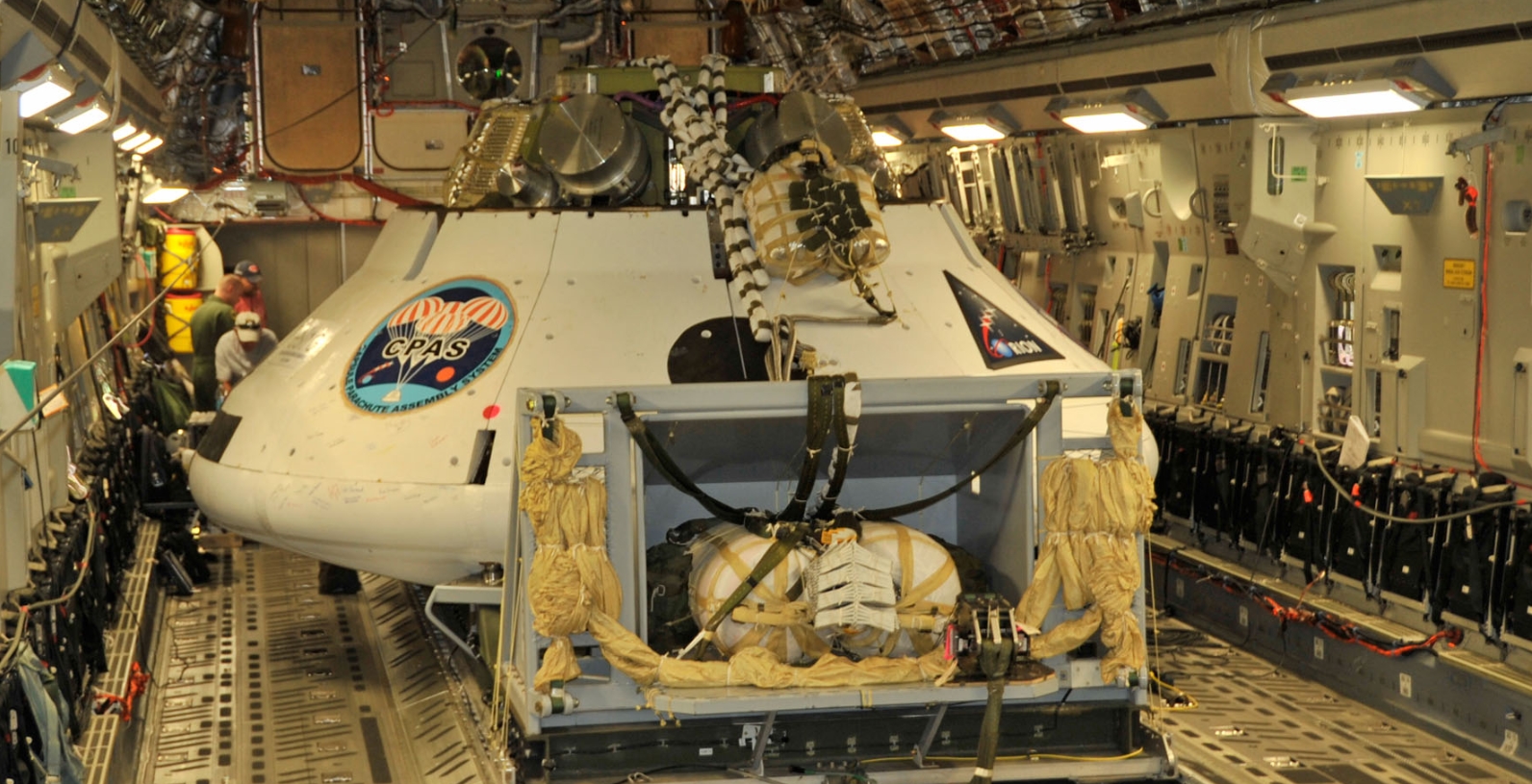Still ridiculous they didn't use this as a test for the chute system. Test as you fly, fly as you test. They had a total chute failure disaster a few years ago. I can't think of any Apollo test flight that didn't use a parachute on the capsule, when the capsule separated (QTV Little Joe-II was not an Apollo test, but a test to qualify the booster rocket. The Apollo parts were all dummies and it crashed without separating anything, as planned).
A video of the flight from a different source and angle, including splash-destruct of the Orion. It tumbles like crazy, also not a good sign (if they didn't bother to get the CG and mass the same as for a crewed flight, again failure to fly as you test and test as you fly). There are some bright flame-like flashes that at first I thought maybe (?) were the data recorders being ejected by rocket power or pyrotechnics. But there are more and more flashes just before it hits, long after those recorders were to have ejected. May have been sunlight reflections as it tumbled. Sure looks flamey at times though. But was too slow for it to be aerodynamic heating.







